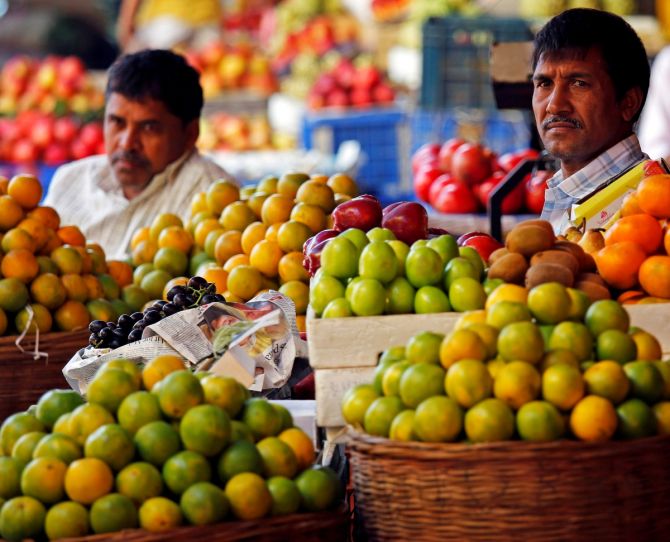India’s Rigid Food Inflation Bites Harder
Nearly a third of an average Indian citizen’s consumption budget is spent on food.
A spectre is haunting many parts of the world and India isn’t spared: Food inflation.
India’s cost of food and beverages was 6.26 per cent higher in February than the year before, pushing retail inflation up 6.44 per cent.
Around 93 per cent of lower-middle income countries, including India, also reported high food inflation in excess of 5 per cent, according to a World Bank report last week (see chart 1).
Cereals drive India’s food inflation, though the price of other food items like milk and milk products have also surged in recent times.
Such inflation in cereals was last seen in 2013.
Inflation this time is influenced by factors including higher use of wheat as feed in the European Union.
The higher prices are despite the crop recording its second highest global production last year, according to the United Nations Food and Agriculture Organization.
Indian wheat prices have risen at levels in excess of 25 per cent in 2023 (see chart 2).
India is more vulnerable to rigid food inflation than many other peer economies.
Nearly a third of an average Indian citizen’s consumption budget is spent on food.
This is higher than many emerging market peers (see chart 3).
Rain and hail storms may have affected India’s wheat crop, which may affect production.
With all this at play, India’s consumers may well have to brace for a stickier bout of higher prices.
Source: Read Full Article







